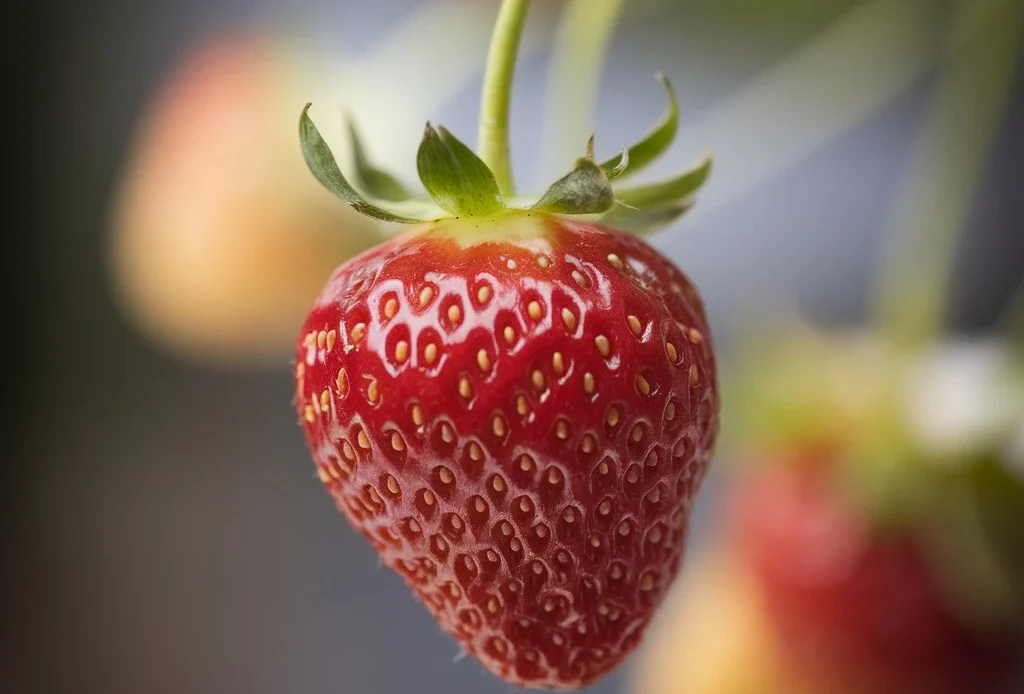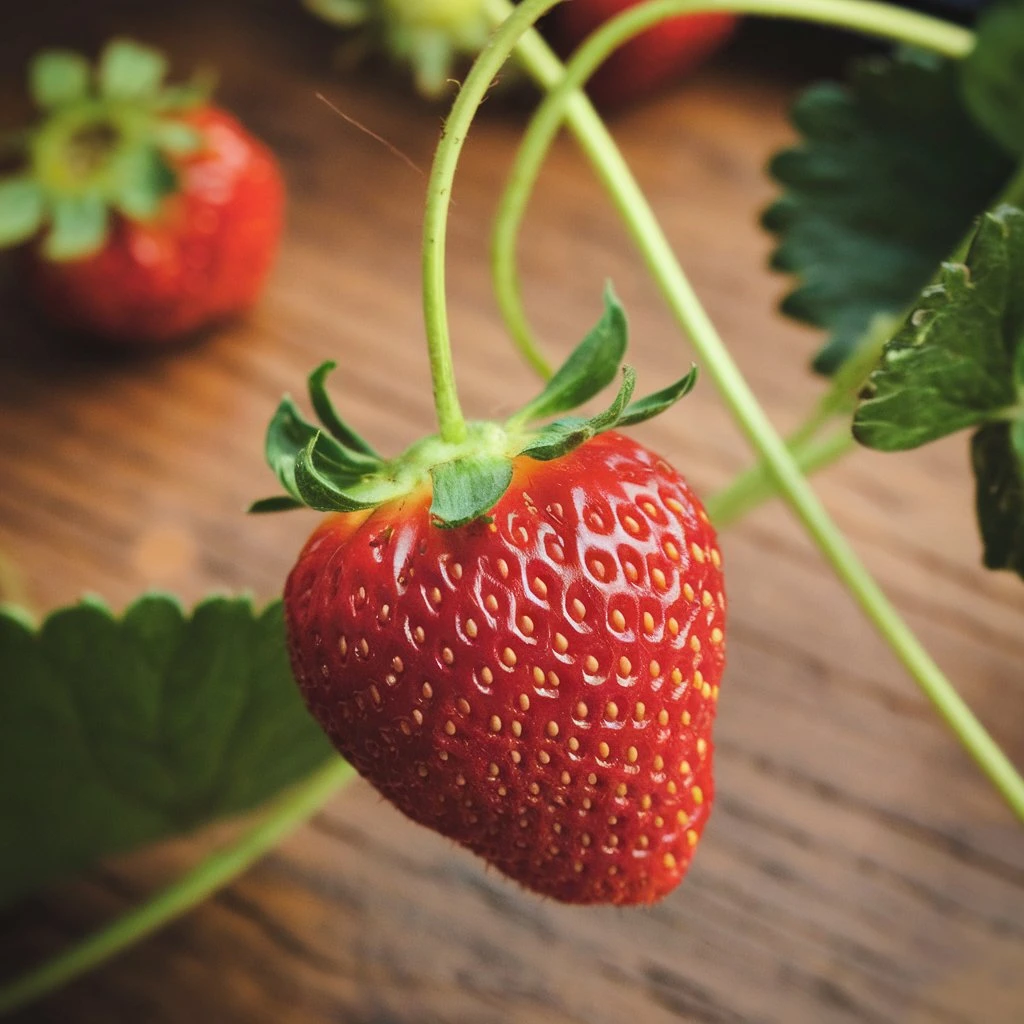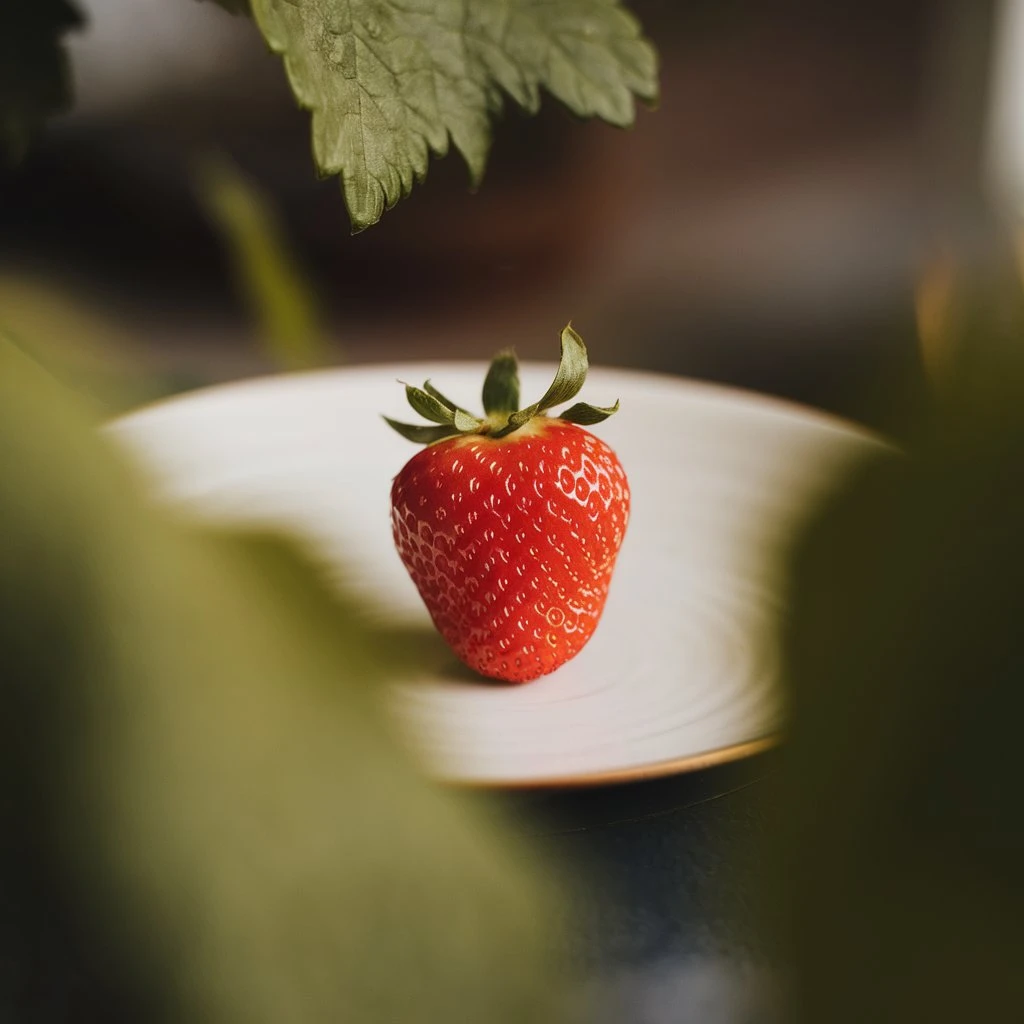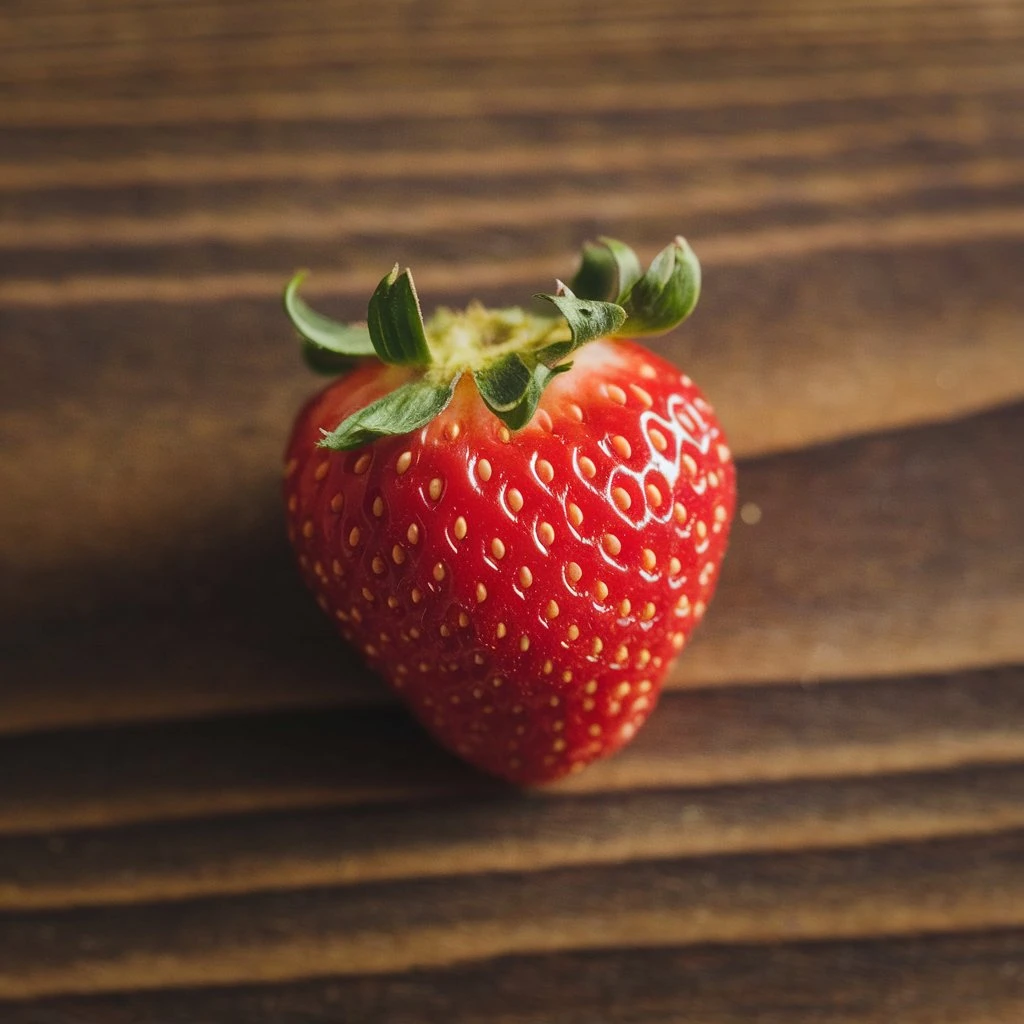
Introduction to Growing Larger Strawberries
Growing strawberries that are plump and flavorful is both an art and a science. For many gardeners, the allure of harvesting larger, juicier berries lies in mastering a few strategic techniques. While the journey to cultivating these lush fruits may seem complex, it’s rooted in understanding the plant’s biology and environment.
Sunlight is crucial. Strawberries are sun-loving plants that thrive when exposed to a minimum of six to eight hours of direct light daily. Adequate sunlight energizes the growth process, enhancing both size and taste. But light alone isn’t the only factor. Rich, well-draining soil teeming with organic matter forms the foundation for robust plant development. Amending the soil with compost ensures a nutrient-rich environment, feeding the plants from root to tip.
Equally vital is moisture management. Consistent watering without oversaturating helps maintain optimal hydration. Growing berries to an impressive size also means spacing them appropriately. Crowding plants limits air circulation, leading to smaller yields and potential disease issues.
Finally, selecting the right variety plays a significant role. Some types are naturally inclined to produce larger fruits. When combined with strategic planting and care, achieving large, succulent strawberries becomes less of a dream and more of a delicious reality.
Choosing the Right Strawberry Varieties for Size
When it comes to strawberries, selecting the right varieties can make a remarkable difference in size and yield. Not all strawberry plants are created equal. If your goal is to grow large, sumptuous berries, you’ll want to pay close attention to the specific types you plant.
June-bearing varieties are a popular choice for size. They produce one massive harvest annually, often yielding impressively large strawberries. Examples include ‘Chandler’ and ‘Sequoia,’ which are renowned for their generous fruit size and sweet, robust flavor. These cultivars flourish in full sun and well-drained, loamy soil, offering a rewarding crop for the patient gardener.

On the other hand, everbearing and day-neutral varieties can deliver smaller yet steady fruit throughout the season. However, if size is paramount, focusing on June-bearing types remains a wise decision. Soil health and fertility also significantly influence the growth potential of your berries. Deep, nutrient-rich soil supports larger fruit production, helping these strawberries reach their full capacity.
Don’t overlook the climate. Choose varieties suited to your local conditions. Hardy cultivars thrive in cooler regions, while heat-tolerant strains excel in warmer climates. By matching the right plant to the right environment, you can maximize both size and flavor in your strawberry harvest.
Table of Contents
Preparing the Soil for Optimal Growth
Preparing the soil is a critical first step to ensure your strawberries reach their full potential. Rich, fertile soil lays the foundation for robust plants and a bountiful harvest. Start by selecting a location with full sun exposure; strawberries thrive in sunlight, developing the sweetest, juiciest berries under its warmth.
Break up the soil to a depth of no less than 12 inches. This promotes root penetration and proper drainage, as waterlogged roots can quickly lead to disease. Incorporate plenty of organic matter, such as compost or well-aged manure, to enhance fertility and soil structure. This not only boosts nutrient availability but also retains the moisture your strawberries will crave during their growing season.
Check the pH level. Strawberries prefer slightly acidic soil, ideally between 5.5 and 6.5. Use sulfur to lower pH if necessary or add lime to raise it. Mulching is another key step in preparing an ideal environment. Organic mulch like straw or pine needles conserves moisture, suppresses weeds, and keeps the berries clean.
Don’t forget to rotate crops. Avoid planting strawberries where tomatoes, peppers, or other nightshades have recently grown, as this can increase the risk of soil-borne diseases. By taking these soil preparation steps, you’re setting the stage for a thriving and productive strawberry patch.
Planting Techniques to Maximize Strawberry Size
Proper planting techniques are crucial for achieving impressive strawberry size. Start by spacing your strawberries generously. Crowding the plants leads to competition for nutrients and sunlight, resulting in smaller berries. For optimal growth, leave 12 to 18 inches between each plant. This allows air to circulate freely, reducing the risk of fungal infections and giving each plant the space to flourish.
When planting, make sure to position the crown of the strawberries level with the soil surface. Planting too deep can suffocate the crown, while planting too shallow may expose the roots. Both mistakes can stifle growth. Water immediately after planting to help the roots settle in, but be careful not to oversaturate the soil. Drip irrigation works wonders, delivering moisture directly to the root zone and maintaining consistent hydration.
Another technique to enhance strawberry size is the use of row covers early in the season. These covers trap warmth and accelerate growth, giving your plants a head start. Remove them once flowering begins to ensure pollinators have access. Lastly, keep an eye on runners. While tempting, letting these offshoots proliferate can sap energy from your main plants. Regularly trim runners to direct nutrients toward enlarging your existing strawberries. These strategies will set you up for a harvest of plump, mouthwatering berries.
Watering and Irrigation Strategies
Effective watering and irrigation strategies are vital for the health and productivity of your strawberries. Consistent moisture is key. However, overwatering can be just as damaging as neglect. To balance these needs, a thoughtful approach is required.
Aim to keep the soil evenly moist, not waterlogged. Drip irrigation is an ideal method, delivering water directly to the roots while minimizing evaporation. This strategy not only conserves water but also helps prevent the development of diseases that thrive on wet foliage. Early morning watering is optimal, giving the plants ample time to dry before nightfall.

For strawberries planted in raised beds or sandy soils, frequent monitoring is essential, as these environments dry out more quickly. Mulching around the base of the plants helps retain moisture, regulates soil temperature, and reduces weed growth. Organic materials like straw or wood chips make an excellent choice.
Adjust your irrigation strategies based on the weather and plant needs. During hot spells, increase watering frequency, while periods of rain may necessitate a pause. Avoid watering from above, as wet leaves can encourage mildew. By employing a mindful and adaptable watering regimen, your strawberries will thrive, rewarding you with plump, juicy fruit all season long.
Feeding Your Strawberries: Fertilization Methods
Proper nourishment is crucial to cultivating lush, abundant strawberries. Understanding the right fertilization methods can make a world of difference in the quality and yield of your fruit. Begin by enriching the soil with organic matter, such as well-rotted compost or aged manure, before planting. This creates a nutrient-rich foundation that will sustain your plants throughout the growing season.
Early in spring, apply a balanced, slow-release fertilizer to give your strawberries an initial boost. Granular formulas work well, as they gradually break down and nourish the roots over time. As the plants prepare to bear fruit, shift to a fertilizer higher in potassium. This element is essential for developing sweet, juicy berries.
Liquid feeds, like diluted fish emulsion or seaweed extract, can be applied every few weeks for a more immediate impact. These fertilization methods provide a quick source of nutrients and can be easily absorbed by the plants. Always water the soil thoroughly after applying fertilizers to ensure even distribution and prevent root burn.
Excessive fertilization should be avoided, as it may result in abundant leaf growth while diminishing fruit yield. Monitoring plant health and adjusting your feeding schedule as needed will help you grow robust, delicious strawberries that thrive.
Managing Plant Health and Pruning for Size
Ensuring robust plant health and mastering the art of pruning are pivotal to maximizing the size of your strawberries. Start by keeping an eye out for common threats, such as pests and diseases. An infestation or fungal infection can quickly undermine your plant’s vigor, impacting fruit development. Use organic deterrents and regularly inspect leaves for any signs of trouble. A strong plant is far more likely to produce substantial, juicy berries.
Pruning is equally vital. Remove older leaves and runners that siphon energy away from fruit production. By redirecting the plant’s resources to the central crowns and primary berry clusters, you can encourage growth where it matters most. Be selective but thorough in your approach, cutting away excess foliage while maintaining a balance that allows for sufficient photosynthesis.
Thinning out strawberries also aids in air circulation, reducing the risk of mold and mildew. Healthy airflow is an underrated yet essential component of plant health and growth. If you’re cultivating everbearing or day-neutral varieties, remember to prune periodically throughout the season. This keeps the plants revitalized and focused on producing large, luscious fruit.
With careful management and strategic pruning, your strawberries will reward you with a bountiful harvest, rich in both size and flavor.
Harvesting and Post-Harvest Care
Timing is everything when it comes to harvesting strawberries. Wait for the moment when the berries are fully ripe, showcasing their rich, vibrant red hue. This indicates peak flavor and sweetness. Picking them too early leaves you with lackluster taste, while waiting too long can mean overripeness, leading to spoilage or bruising.
Gently twist and pull the berry from the stem, taking care not to damage the delicate fruit. Leave a small portion of the green stem intact; this helps to maintain freshness. Harvest during the cooler parts of the day, such as early morning, to preserve their quality.

Postharvest care is crucial. Handle strawberries with a soft touch, as their skin is thin and prone to bruising. Immediately store them in a shallow container, allowing the berries to breathe and preventing unnecessary pressure from stacking. Keep them unwashed in the refrigerator until ready to use; moisture can accelerate decay. Before enjoying, give them a gentle rinse under cool water.
For longer preservation, consider freezing your harvest. Lay berries in a single layer on a baking sheet to avoid clumping, then transfer to airtight containers. With proper care, your harvesting efforts will yield delicious strawberries that can be savored well beyond the picking season.
Conclusion Tips and Final Thoughts
Growing strawberries can be a gratifying experience, blending the joys of gardening with the pleasure of harvesting fresh fruit. To achieve optimal results, it’s essential to remember several key tips. First, ensure that your plants are situated in a sunny location with well-drained soil. Adequate sunlight not only enhances growth but also contributes to the sweetness of the berries.
Regular maintenance is critical. Consistent watering and judicious fertilization will bolster the health of your strawberries, leading to larger and more flavorful fruits. Be mindful of pest management and disease prevention strategies to protect your plants and yield a bounty harvest.
Harvesting requires a great deal of patience. Picking berries at their peak ripeness ensures maximum flavor and enjoyment. Don’t forget about post-harvest care; handling your strawberries gently will preserve their integrity and freshness.
In concluding this journey into strawberry cultivation, remember that gardening is as much about the process as it is about the results. Appreciate every moment, gain insights from the obstacles, and acknowledge your achievements. With dedication and knowledge, you can cultivate a thriving patch of strawberries, providing joy and delicious fruit for seasons to come.


